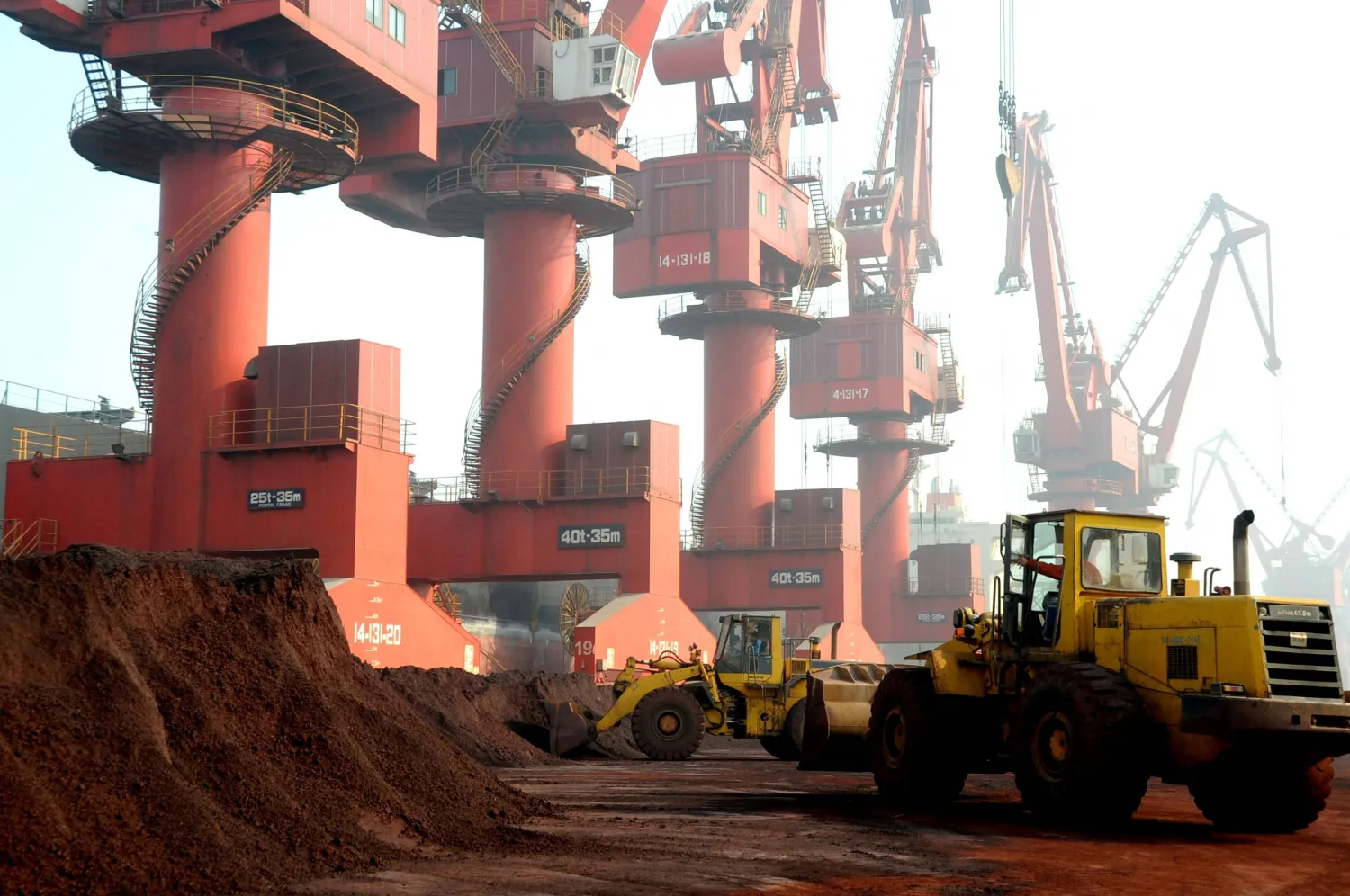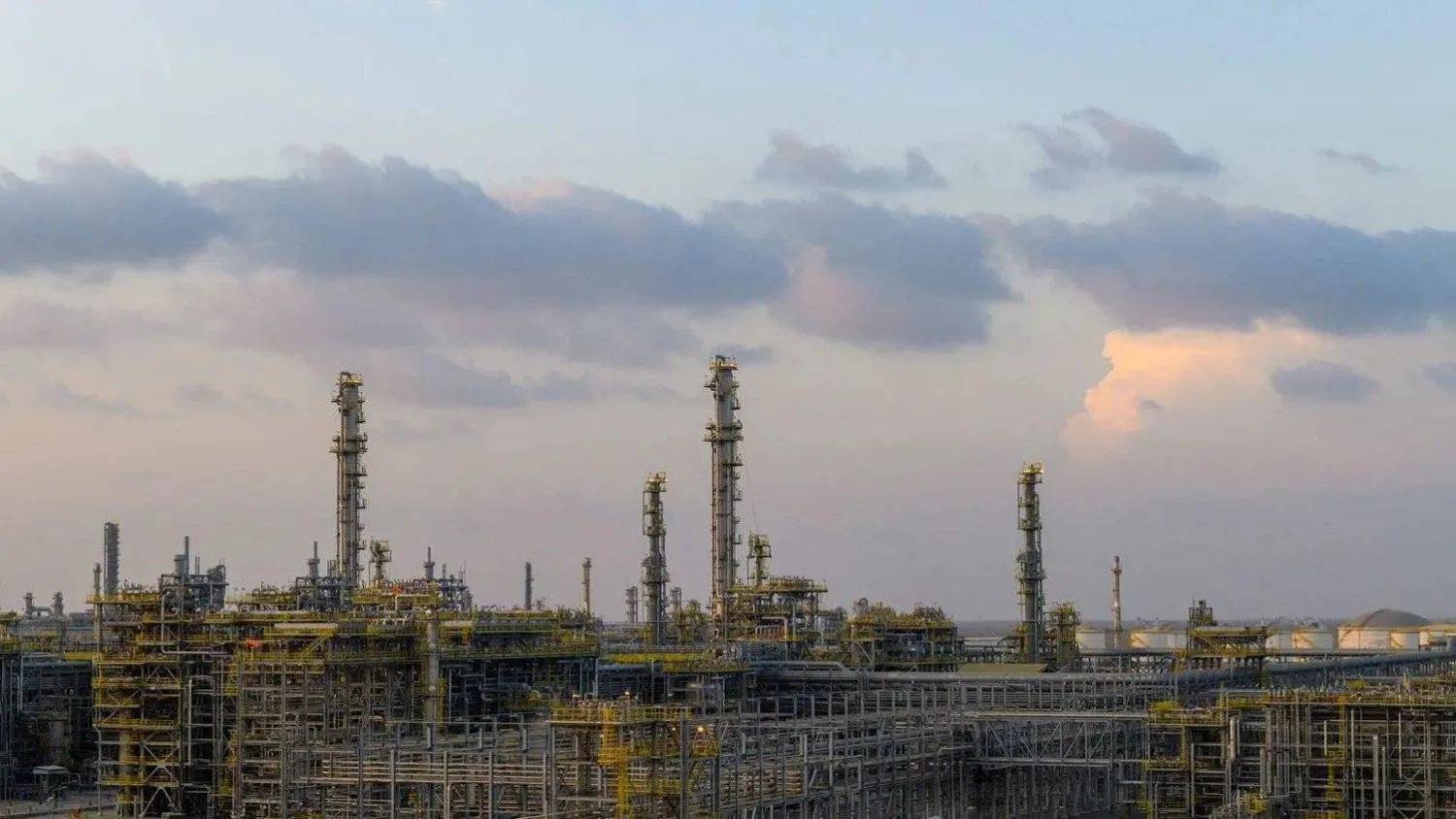Saudi Aramco has revealed that it offers the world’s lowest average cost of crude oil production.
It said the average cost of crude oil production in the company amounted to SAR10.6 ($2.8) per barrel of oil equivalent in 2018.
The average capital expenditure incurred by the company in the exploration and production sector for 2018 is SAR17.1 riyals ($ 4.7) per barrel of oil produced according to the methodology of the market adviser, Aramco said in a statement.
It also explained that it occupies a unique position as the world’s lowest-cost producer, according to a comparison of production cost data in the five major international oil companies: “Exxon Mobil,” “Shell,” “Chevron,” “Total,” “BP” and other oil and gas companies.
The company said its reserves consist of 201.4 billion barrels of crude oil and condensate, 25.4 billion barrels of natural gas liquids and 185.7 trillion standard cubic feet of natural gas.
It pointed out that its oil equivalent reserves are sufficient to cover the 52-year-old proven reserves life span, which is longer than that of any of the five major international oil companies, which ranges from nine to 17 years, based on publicly available information.
According to the news circulated, Saudi Arabia has informed the Organization of the Petroleum Exporting Countries (OPEC) that it raised its crude production in October to 10.3 million barrels per day (BPD), a 1.1 million BPD surge compared to September.
Meanwhile, the Kingdom affirmed on Thursday that the initial public offering (IPO) and listing of the company's shares will have no impact on compliance with the agreement to reduce production.
OPEC’s Secretary-General Mohammed Barkindo said that Saudi Arabia, OPEC’s top producer, and de facto leader, has reassured the exporting group that a stock market listing of oil giant Aramco would not affect the Kingdom’s role in the group or commitment to output deals.
He said he was confident that the OPEC and its allies (OPEC+) would continue with a supply curb agreement in 2020 and that the fundamentals of the global economy remained strong.
Barkindo noted that there would likely be downward revisions of supply going into 2020 especially from United States shale, adding that some US shale oil firms see output growing by only around 300,000-400,000 BPD.









